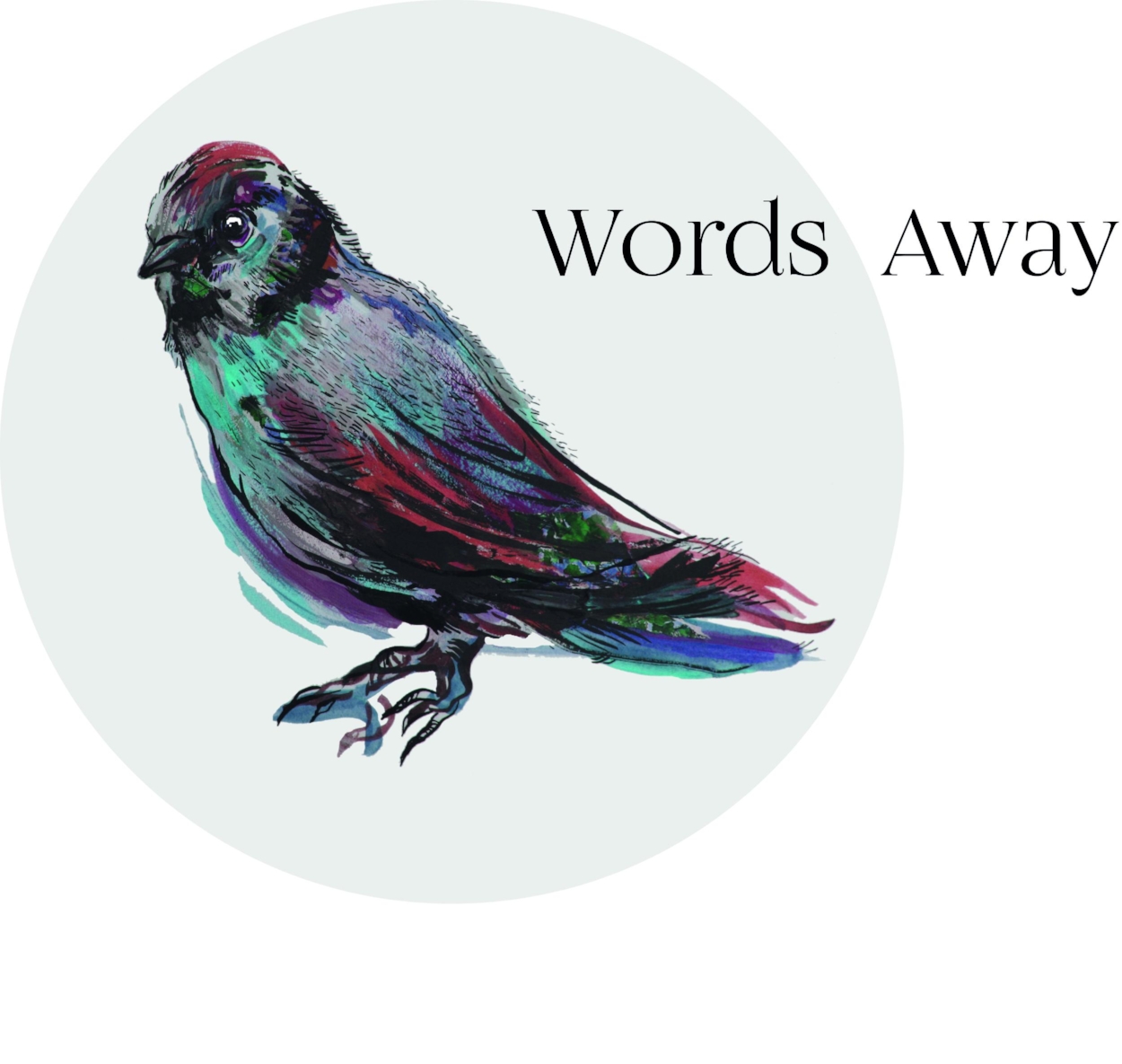I always feel a little nervous and excited before a Words Away salon. Striding through Vauxhall Gardens the other night, en route to our recent event with Sara Grant, I saw a group of men with big muscles engaged in a tug-o-war. They even had a coach shouting instructions on the sidelines. I stopped to watch for a minute and wondered if I could wrangle a relavent metaphor out of the encounter for the blog. A few minutes later I arrived at our venue, the Tea House Cafe, to find a Cornish Crabber beached beside the outdoor furniture. Metaphors were popping up all over the place! Or perhaps they were omens. Would tonight be a struggle or smooth sailing?
The Tea House Theatre Cafe
I needn't have worried, we had a full house of engaged and enthusiastic writers and our guest Sara was on shining form. I loved her comment, “Know what’s at the heart of your story - that’s what makes a good story great.” Sara, currently teaching on the creative writing MA at Goldsmith’s, has an extensive background in children's books. Apart from writing series fiction for younger readers and dystopian novels for teens, she’s also an experienced plot editor and an advocate of new emerging writers though her Undiscovered Voices project with SCBWI_BI. If you're serious about writing or illustrating for young people of any age - then do look them up (see links below).
Everyone arriving and settling in
The discussion began by defining the different categories of writing for children and teens in relation to their age groups; from picture and early reading books for very young children, to chapter books (6 to 8 years), middle grade (8-12 years) and teenage & young adult (YA) fiction (13-18 years - with sub sections within). These are broad definitions and Sara’s best advice for writers is to read widely in the appropriate age range and genre. Not just the classics either. Read current books and get to know the market. Spend time developing your characters to produce authenticity. Research and build an understanding of your character and how they’d respond in a given situation. Avoid lingo or language that’s ‘current’ and beware of cultural referencing, all of which can date - try asking a seven year old if they've ever heard of the Adams Family! If you're not sure if your writing YA or adult fiction, for example - write it anyway and worry about it later. If you're on the cusp of a genre, ask yourself the age of your protagonist - is it a teen point of view or an adult looking back? The former suggests you're writing YA and the latter is likely to be classified as adult fiction. The main things to ask are, who’s story is it and where’s the thrust of the story?
Emma Darwin, Sara Grant & Kellie Jackson
Maggie the cat (anyone else think of Tennessee Williams here, or just me?) made an unscheduled appearance on stage and curled up to sleep on Sara’s lap for the duration of the chat. I loved hearing about Sara’s writing process and how after playing around with an idea, involving research and experimenting with voice and character development, she plans and plots a story outline of some 5 to 10 pages. Her chapter summaries tell the story of the story, which as Emma pointed out is a comforting and creative thing to do. It gives the early development of your novel shape and guidance. If it’s a chapter series of four books say, Sara will then look at the meta plot. Then she’ll write a 1 or 2 page synopsis/pitch to share with her editor before she fully commits to the project. Once she’s off and writing Sara keeps the positive energy flowing by writing forward and not looking back, with a notebook on side for queries and revision later. The writing always comes first especially before admin.
Sara Grant & Maggie
We had some interesting questions from the audience, including what to make of a few standard rejections from industry gatekeepers; “No’s come quickly. Yes’s take time”. Keep writing! There was a question on voice from YA author, Sue Wallman, currently writing her third novel. This sparked a whole discussion about creating character. To play with voice and character, Emma suggested stepping aside from the demands of the story/plot and write a little scene that doesn't belong in the novel. (For more tips, check out Emma's blog, link below.)
Sara Grant and YA writer, Sue Wallman
With big thanks to Sara and Emma and to everyone who came along and made it such an enjoyable night. Next month we’re talking Exploring Creative Non-Fiction with Francis Spufford. I’m ridiculously excited about it! I’m also busy arranging dates and writers for our next crop of salons at the Tea House Theatre Cafe and shall be posting news of this, hopefully, in the next few weeks. Meanwhile have a wonderful month and see you soon.
Kellie
LInks: SCBWI_BI, Undiscovered Voices, Working Partners: create series fiction for publishers, MA in Creative & Life Writing, Goldsmiths College, Emma Darwin's blog post on This Itch of Writing: How to Tame your Novel
Martin Rowell, on door & book selling duty.
Vauxhall Gardens








